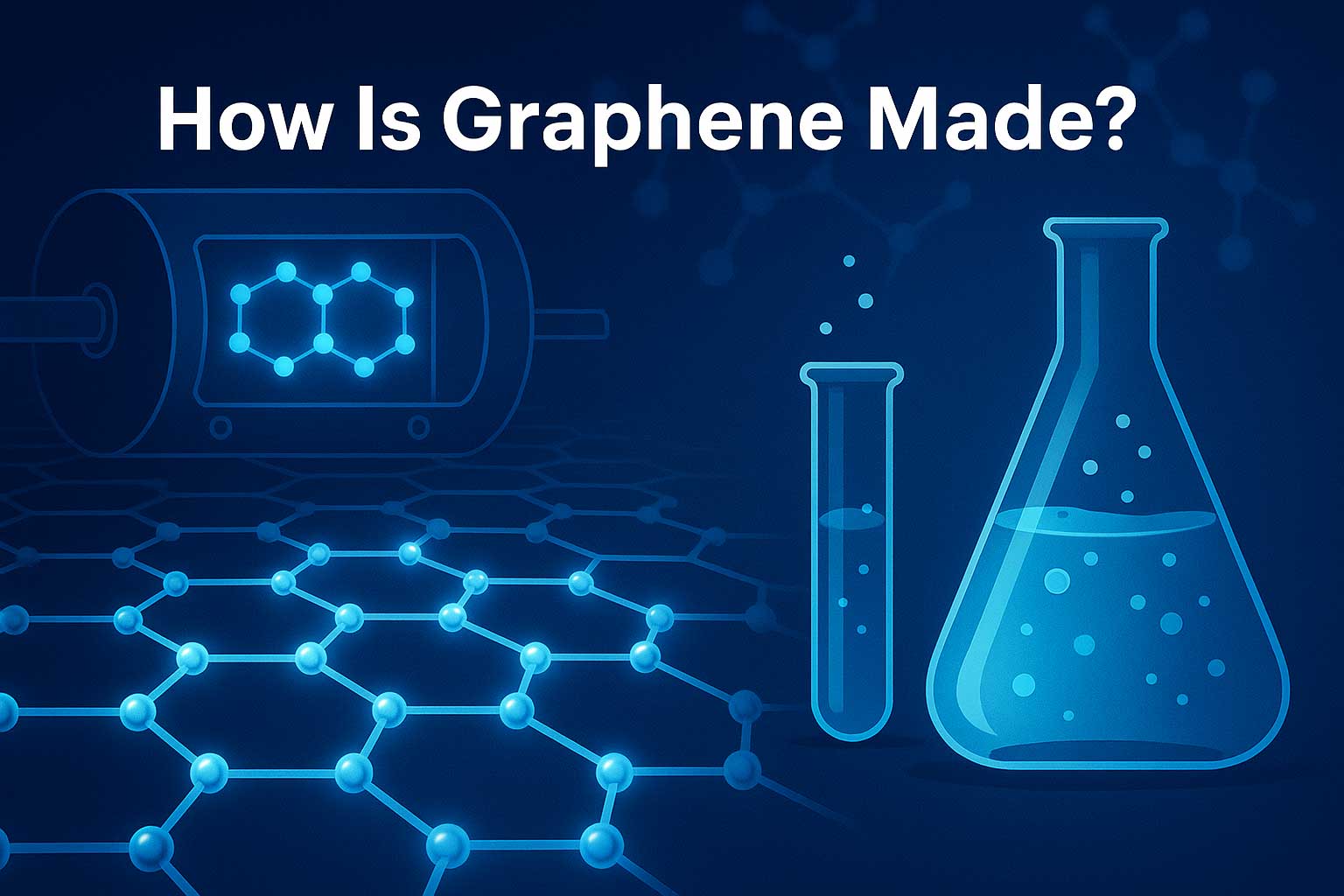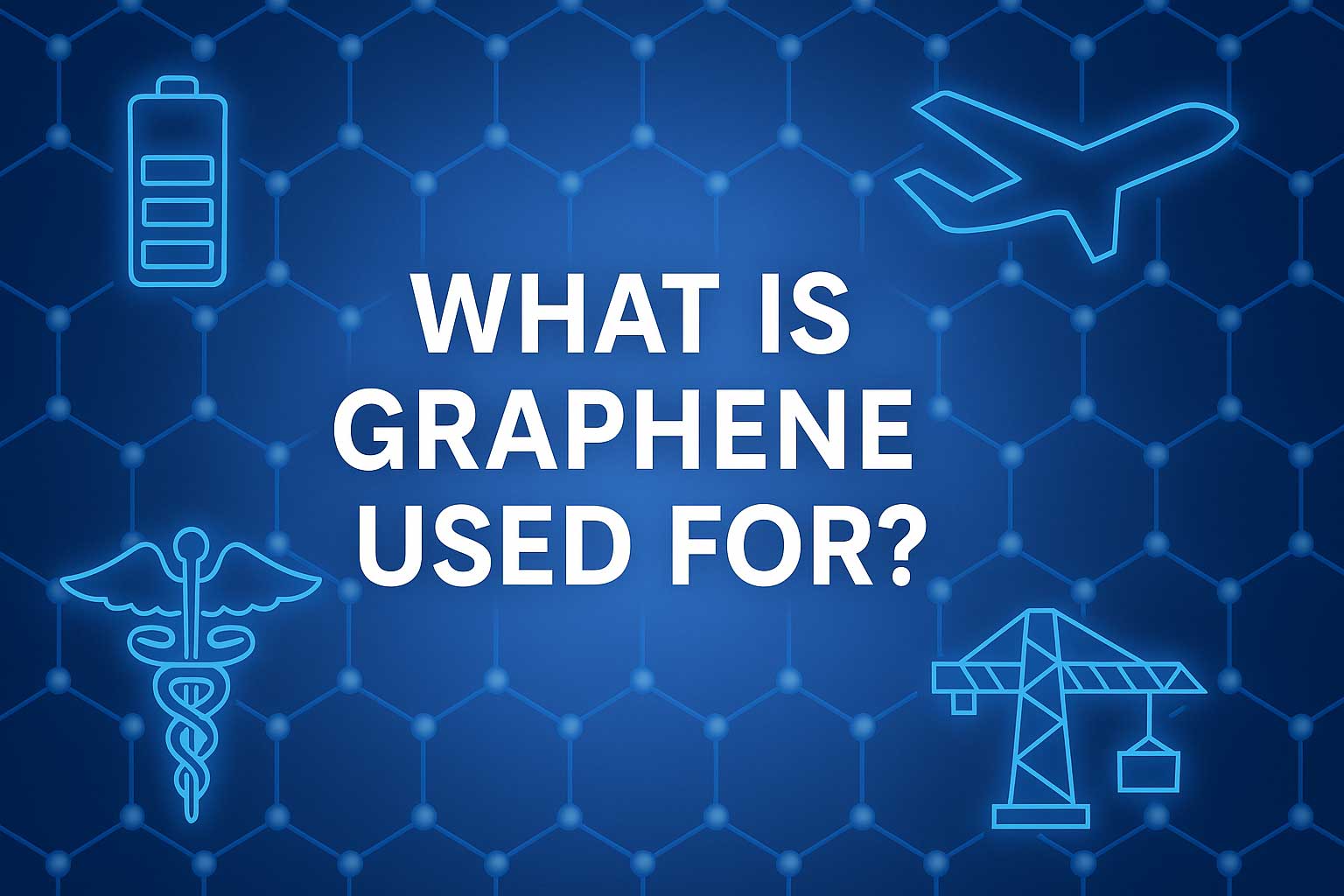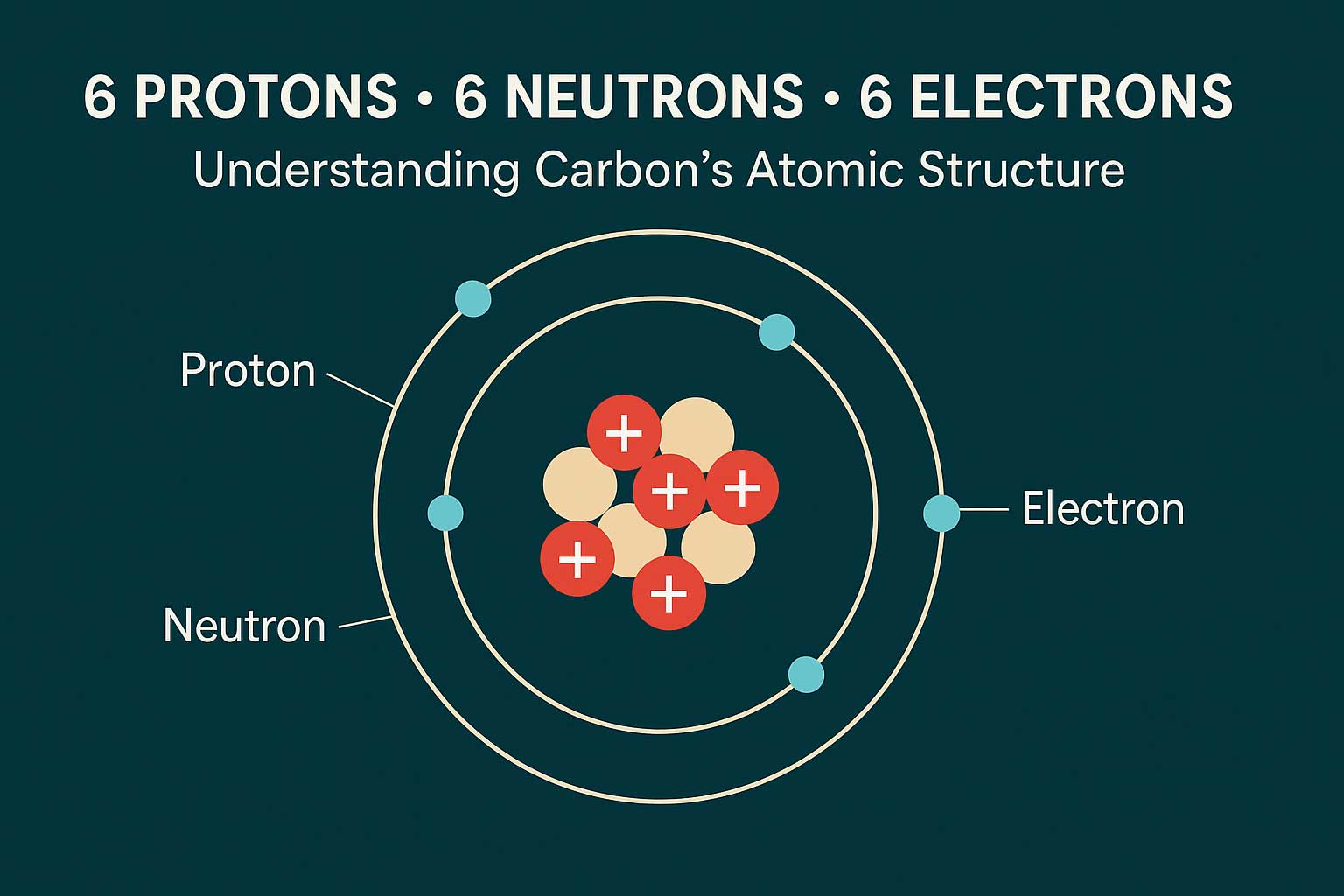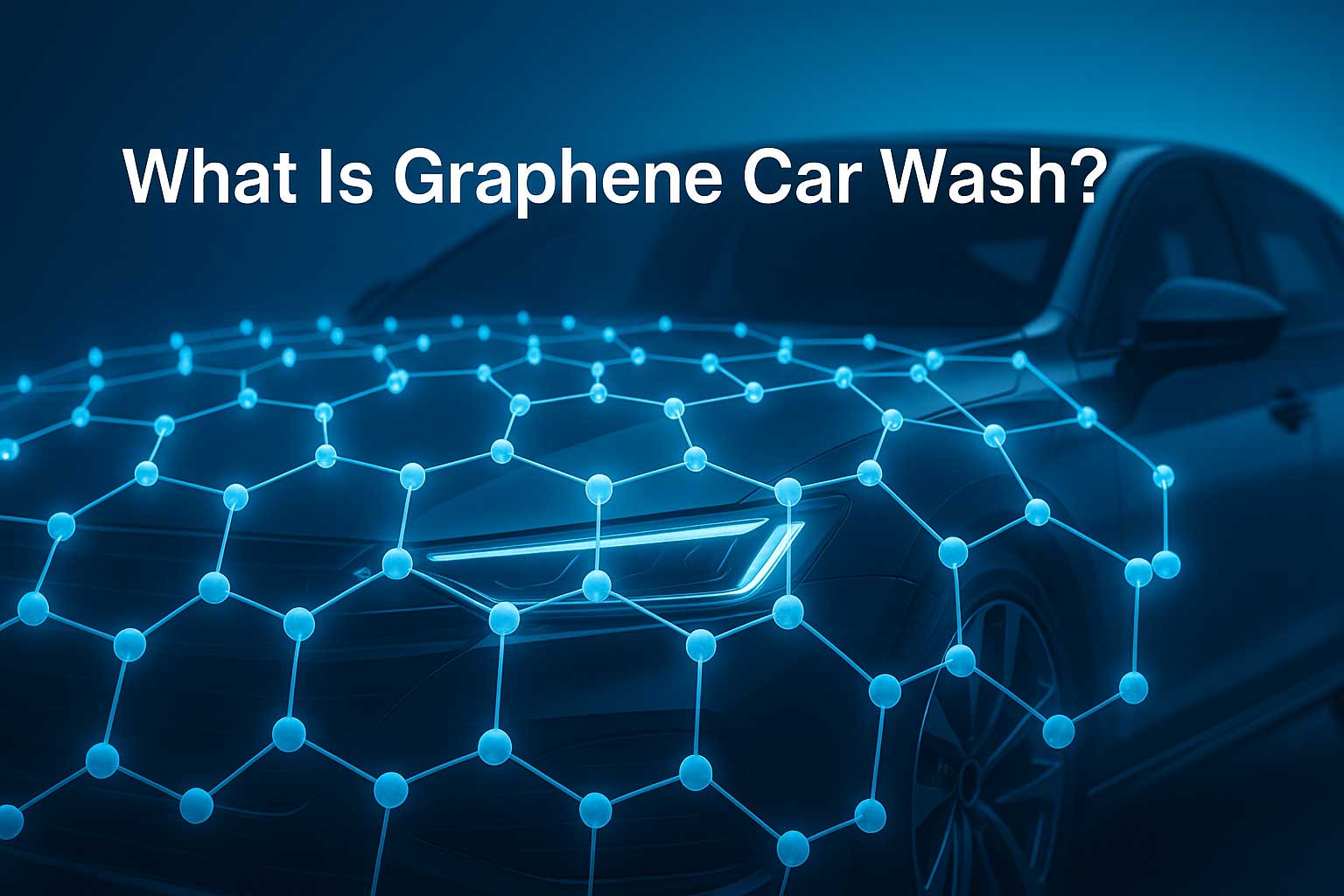How Is Graphene Made? Production Methods & Manufacturing Explained
Graphene — the single layer of carbon atoms that’s stronger than steel and thinner than paper — has fascinated scientists and engineers for years. But how is this extraordinary material actually made? The answer depends on the desired quality, cost, and application.
In this article, we’ll explore the main methods of graphene production — from mechanical exfoliation to chemical vapor deposition (CVD) and liquid-phase synthesis — and how each approach shapes graphene’s quality and use in different industries.
1. The Basics: What Makes Graphene Unique
Graphene is a single atomic layer of carbon arranged in a two-dimensional honeycomb lattice. Its exceptional strength, conductivity, and flexibility stem from the tight bonding of carbon atoms through sp² hybridization. To achieve these properties in large-scale production, graphene must be synthesized or isolated precisely.
2. Main Methods of Making Graphene
2.1 Mechanical Exfoliation (Scotch Tape Method)
This was the original method used by scientists Andre Geim and Kostya Novoselov at the University of Manchester, who won the 2010 Nobel Prize for discovering graphene. It involves peeling thin layers of graphite using adhesive tape until only a single layer remains.
- Produces high-quality graphene flakes.
- Used mainly for laboratory research.
- Not suitable for mass production due to low yield.
2.2 Chemical Vapor Deposition (CVD)
CVD is the most widely used industrial method for producing large-area, high-quality graphene films. The process involves depositing carbon atoms from a gas (like methane) onto a metal substrate (usually copper or nickel) at high temperature.
- Produces continuous graphene sheets suitable for electronics and sensors.
- Allows precise control over thickness and structure.
- Requires advanced equipment and controlled environments.
2.3 Liquid-Phase Exfoliation
This scalable and cost-effective method uses solvents or surfactants to separate graphene layers from graphite mechanically or chemically. It’s ideal for mass production of graphene flakes and powders used in coatings, inks, and composites.
- High output, lower purity than CVD.
- Used in conductive inks, paints, and polymer additives.
2.4 Chemical Reduction of Graphene Oxide (rGO)
Graphene oxide (GO) can be produced through chemical oxidation of graphite, and then reduced (rGO) to restore its conductivity. While not as pure as pristine graphene, rGO is inexpensive and practical for applications in energy storage and coatings.
- Cost-effective, scalable, and eco-friendly.
- Widely used for batteries, sensors, and water filtration.
2.5 Epitaxial Growth on Silicon Carbide (SiC)
In this method, silicon is evaporated from a silicon carbide wafer under high temperature, leaving behind a graphene layer on the surface. This process produces highly ordered graphene films ideal for high-frequency electronics and quantum research.
- Ultra-pure graphene for advanced semiconductor applications.
- High cost limits industrial scalability.
3. Comparing Graphene Production Methods
| Method | Quality | Scalability | Cost | Applications |
|---|---|---|---|---|
| Mechanical Exfoliation | ★★★★★ | ★☆☆☆☆ | High | Research |
| CVD | ★★★★☆ | ★★★☆☆ | High | Electronics, Sensors |
| Liquid-Phase Exfoliation | ★★★☆☆ | ★★★★★ | Low | Coatings, Composites |
| rGO | ★★★☆☆ | ★★★★☆ | Low | Batteries, Filters |
| Epitaxial Growth | ★★★★★ | ★★☆☆☆ | Very High | Quantum Devices |
4. Environmental and Cost Considerations
While graphene’s potential is vast, mass production must balance cost, quality, and sustainability. New methods like plasma-enhanced CVD and green chemical exfoliation are being developed to make graphene manufacturing cleaner and more efficient.
5. The Future of Graphene Production
As industrial demand increases, hybrid production techniques combining scalability and high purity will likely dominate the market. Automated and roll-to-roll CVD systems could make graphene as common as plastic within the next decade.
For further reading, explore:
What Is Graphene? and
What Is Graphene Oxide?.
FAQ
Q1: What is the most common method to make graphene?
The most common commercial methods are CVD and liquid-phase exfoliation, depending on whether the goal is high quality or high volume.
Q2: Can graphene be made at home?
Some hobbyists have experimented with simple electrochemical or graphite exfoliation methods, but high-quality graphene requires specialized equipment.
Q3: What raw materials are used to make graphene?
Most graphene is derived from natural or synthetic graphite — a carbon-rich mineral that’s abundant and inexpensive.
Q4: Is graphene production environmentally friendly?
Traditional chemical processes can produce waste, but new “green graphene” methods using organic solvents or electrolysis are emerging.
Q5: Which countries lead in graphene manufacturing?
China, the United States, and South Korea are leading producers, with significant research hubs in Europe and Australia.




